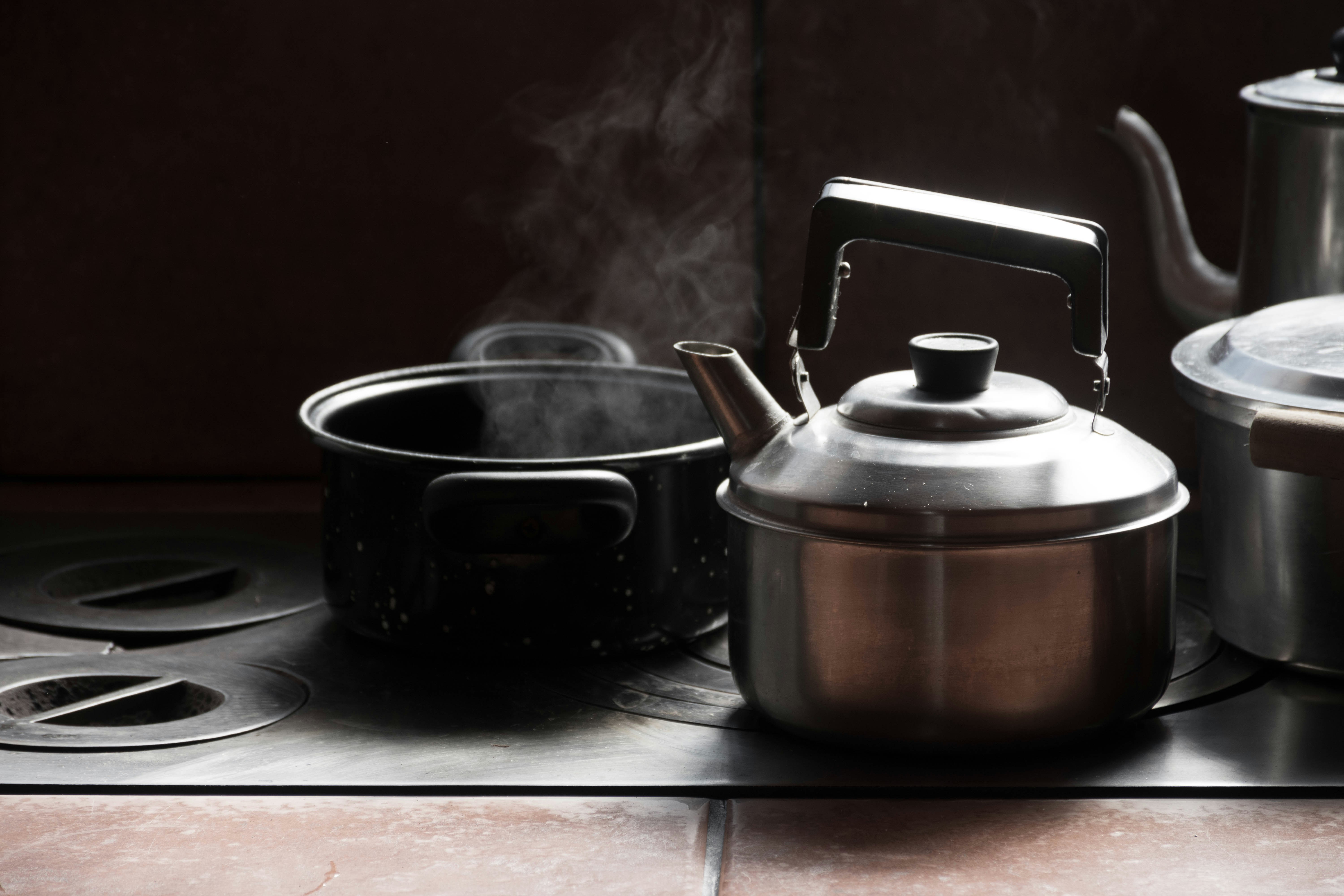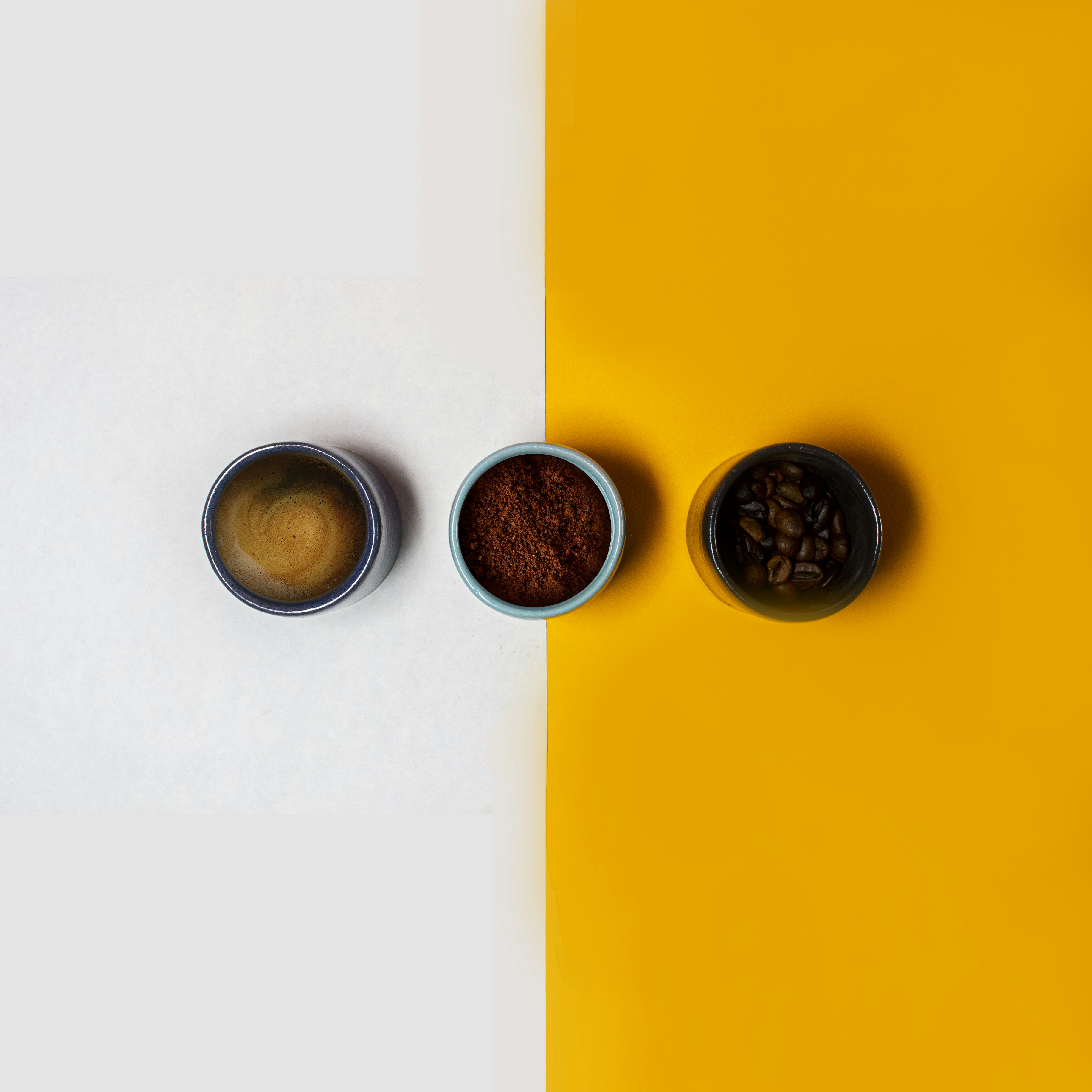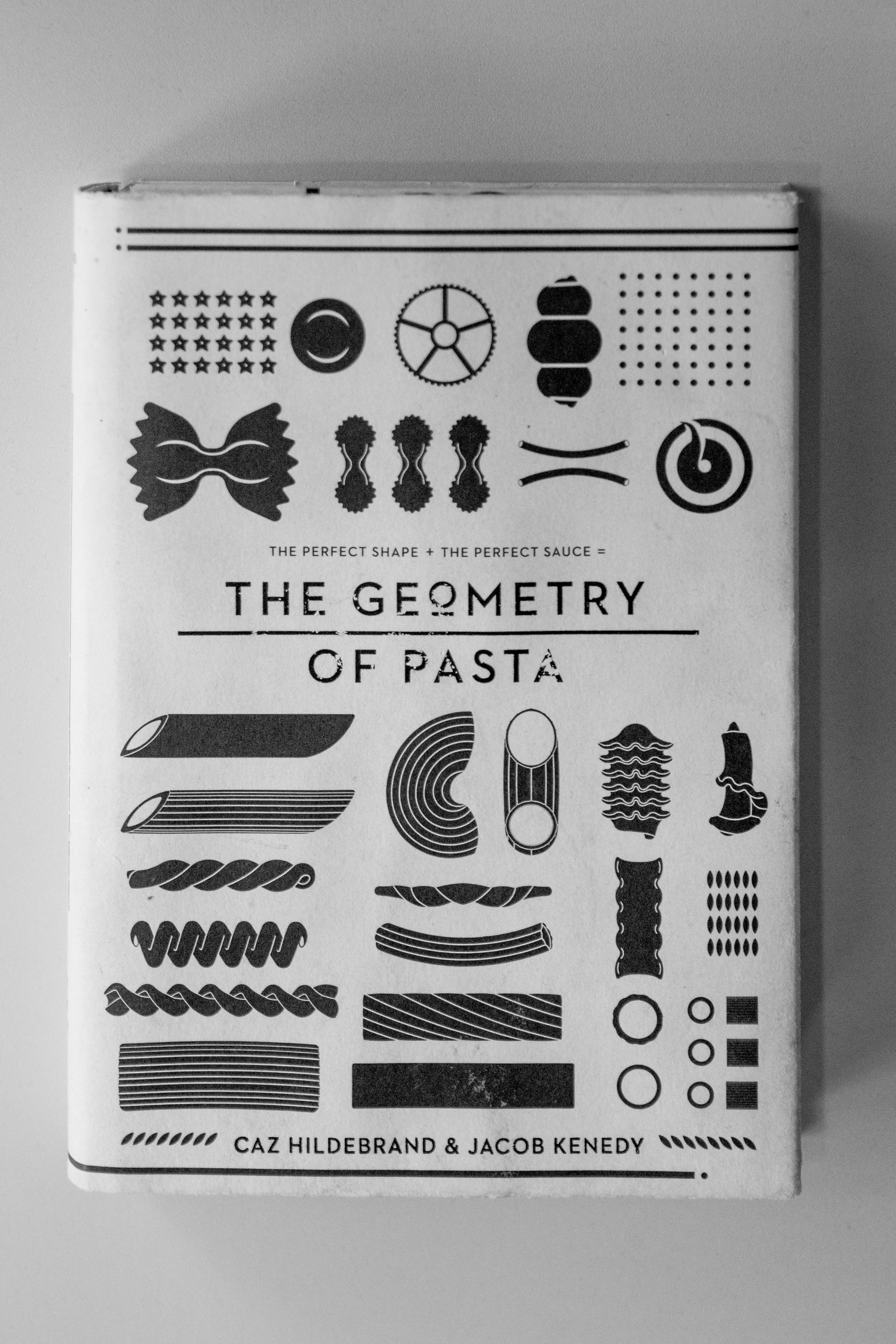Cooking with Shadows: Craft Vibrant Dishes Through Light Play
Have you ever considered how light and shadow can elevate your culinary creations? In the kitchen, cooking is as much an art as a science. The interplay of light and shadow can transform your dishes from mere meals into visually stunning presentations that tantalize the senses. This article explores the concept of “cooking with shadows” and dives deep into how to create dishes inspired by this captivating art form. We aim not only to inspire you but also to provide practical tips that you can implement in your kitchen today.
The Dance of Light and Shadow in Cooking

When we think about cooking, we often focus on flavors, techniques, and ingredients. But how often do we consider the visual presentation of our dishes? Just as shadows can enhance a painting or photograph, they can also bring depth, drama, and intrigue to our food. Techniques such as plating, garnishing, and even lighting play essential roles in determining how a dish is perceived. Color combinations have always been a focus in culinary arts, but adding the elements of light and shadow can elevate your dining experience to a completely new level.
Imagine a warm, inviting pasta dish that gleams under soft lighting. The rich colors and glistening sauce create a visual feast, while the shadows add depth and contrast. On the other hand, a cold dish served in bright sunlight might appear washed out and less appealing. Learning how to manipulate light—whether through your choice of dishes, colors, or garnishes—can profoundly influence how your food is experienced.
Harnessing Natural Light for Culinary Photography

If you’re keen on sharing your cooking adventures online or simply capturing beautiful moments, understanding how to work with natural light is essential. Natural light brings authenticity and softness to your food photography, captivating your audience's attention. Here are several tips to create stunning pictures that represent your culinary creations:
Choosing the Right Time of Day

The golden hour—just after sunrise or before sunset—provides the best natural light for food photography. The warm hues during these times cast gentle shadows, enhancing textures and colors, making your dishes seem even more inviting.
Positioning Your Dishes

Experiment with angles and compositions to find the most flattering position for your dish. Shooting from above can generate a sense of symmetry, whereas shots from the side can create depth via shadows. Don’t hesitate to play with the placement of your plates, cutlery, and any ingredients to enhance the overall visual story.
Layering Shadows Creatively

Consider utilizing shadow deliberately. For instance, using dark plates for brightly colored dishes can create sharp contrasts. This can evoke intrigue and excitement, subtly enhancing the allusion of the dish’s flavors.
These techniques can not only improve your food photography skills but also how you plate your dishes. A beautifully styled plate can often give a hint of the flavors within, enticing your guests just by their appearance alone.
Flavor and Texture: The Heart of Shadows
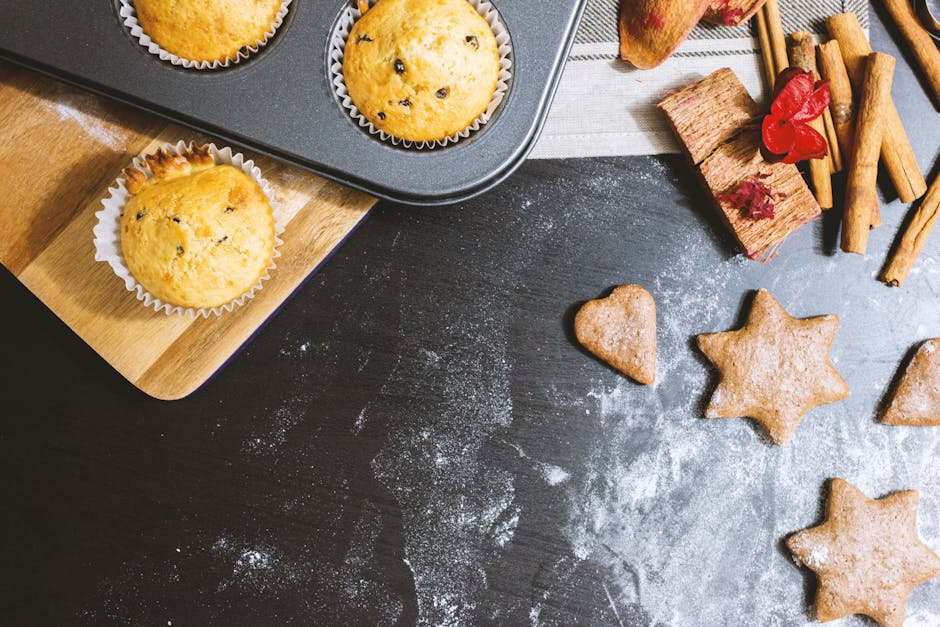
Creating meals inspired by shadows doesn't just stop at presentation—it delves into flavors and textures. Utilizing the contrast between various ingredients can create dishes that are not only visually appealing but also tantalizing to the palate.
Textural Contrast

Combining foods with different textures plays into the concept of light and shadow. Crunchy toasted nuts atop creamy dishes introduce duality in your culinary creation. For example, think about a butternut squash soup finished with crunchy bacon bits that dance on the surface—this beautiful contrast speaks to both light and shadow in flavors and texture.
Flavor Pairing

Flavor combinations can also draw upon the essence of shadows. Subtle flavors, such as smoked salt, pair beautifully with sweeter ingredients like roasted root vegetables, creating dishes that linger on the palate like a shadow does at twilight. Explore flavor pairing techniques to find unique combinations that echo the enchanting interplay of light and shadow.
Bringing in Seasonal Ingredients
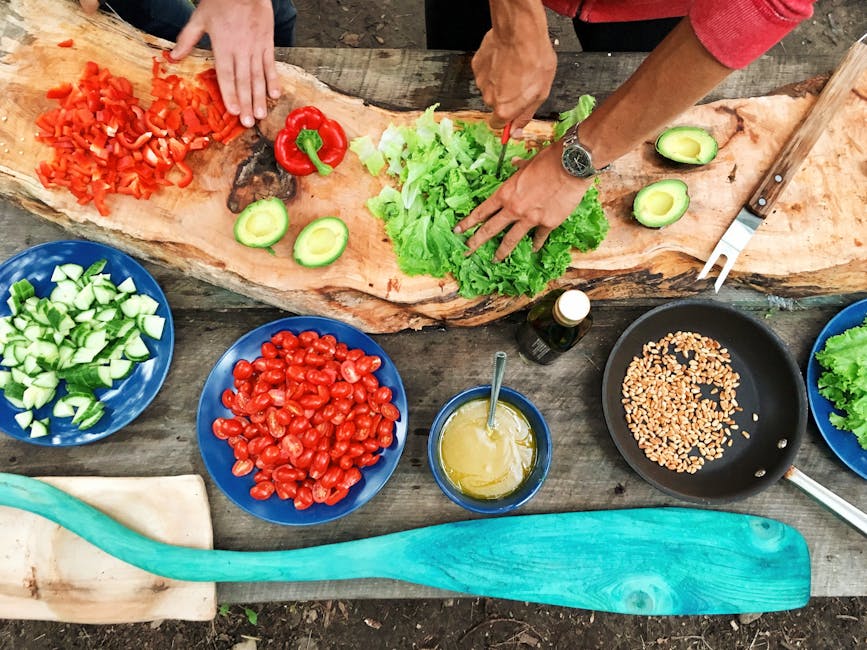
Incorporating seasonal ingredients not only enhances the vibrancy of your dishes but also allows for shadowy undertones through the use of earthy, hearty elements. Ingredients such as root vegetables, mushrooms, and dark leafy greens can create a rich foundation for your meals, echoing the cozy contrasts of a well-decorated table under soft candlelight.
Bringing Shadows to Life: Creative Dishes

Now that we’ve explored the concept of light and shadow, let’s take a look at how to incorporate this idea into specific dishes.
Shadowy Shrimp Risotto
Ingredients:
- Arborio rice
- Fresh shrimp (peeled and deveined)
- Onion, garlic
- Chicken or vegetable broth
- Lemon zest
- Black pepper
- Parmesan cheese
Method:
- Begin by sautéing onion and garlic in olive oil until translucent.
- Add Arborio rice and toast lightly.
- Gradually add warm broth, stirring continuously to encourage creamy texture, reminiscent of how shadows create depth.
- Add shrimp in the last few minutes, allowing their bright orange hue to stand out against the creamy rice.
- Finish with lemon zest, Parmesan, and freshly cracked black pepper to accentuate both flavors and to symbolize dynamic contrasts.
Smoky Mushroom and Kale Salad
Ingredients:
- Asparagus, kale, and your choice of mushrooms
- Olive oil and balsamic vinegar
- Blackened seasoning
Method:
- Sauté mushrooms until golden brown, allowing their natural juices to create shadowy depths.
- Add asparagus and kale, then season with olive oil and balsamic vinegar for brightness against the earthy mushrooms.
- Serve with crumbled goat cheese to enhance flavor contrasts, just like the interplay of light and shadow.
Engaging Your Audience with Food Stories
Another layer to consider when cooking with shadows is the story behind the dishes. Every meal has a narrative that reflects heritage, emotion, and memories. Crafting meals that resonate requires weaving in personal stories or cultural history to create a meaningful dining experience.
Infuse Emotion into Cooking
Each dish can evoke emotions that resonate with diners—food evokes nostalgia or adventure through flavors and presentation. Think of how a dish might be reminiscent of childhood or a special vacation. For example, recreating a family recipe that incorporates shadowy contrasts in flavor can resonate deeply with your audience.
Create a Cohesive Theme
Consider curating your menu around personal or cultural themes that emphasize the frolic of light and shadow. You might even host a dinner party that revolves around a specific cultural dinner style, blending flavors and aesthetics to orchestrate a mesmerizing experience.
Share the Journey
When presenting your dishes on social media or in person, don’t shy away from sharing the inspiration behind your culinary masterpiece. Discussing the motivation can lead to greater audience engagement and provide a deeper connection with your food.
Exploring Culinary Shadows Beyond Your Kitchen
Once you've perfected the art of presenting and cooking with shadows, why not explore other storytelling avenues? Dive into the flavors of fiction or embark on culinary journeys inspired by global cuisines. Such endeavors can expand your horizons—both in terms of flavors and the stories your dishes convey.
Consider the dishes that align with your feelings, so you can curate meals that resonate. Tuning your cooking to express emotions can evoke specific reactions from your audience, changing the game in how they perceive your cooking and dining experiences.
Putting It All Together
Cooking with shadows is about more than just the visual aspects of your culinary creations; it encompasses everything from flavors to storytelling to the deeper meanings behind each dish. By honing your understanding of light, texture, and flavors, you can create meals that are not only delightful to the palate but captivating to the eye.
Try experimenting with different dish presentations and flavors to see how you can ingeniously play with shadows in your cooking. Challenge yourself to incorporate the aesthetics of light into your culinary practices. By doing so, you not only elevate your dishes but also create lasting memories for yourself and those you serve.
Final Thoughts
As you embark on your culinary journey of cooking with shadows, remember that every dish is an opportunity to express creativity and evoke emotion. Dive into the colors, flavors, and stories that each meal brings, allowing the art of light and shadow to enhance your culinary endeavors. Join the conversation and discover how magic can lie in every corner of your kitchen!
